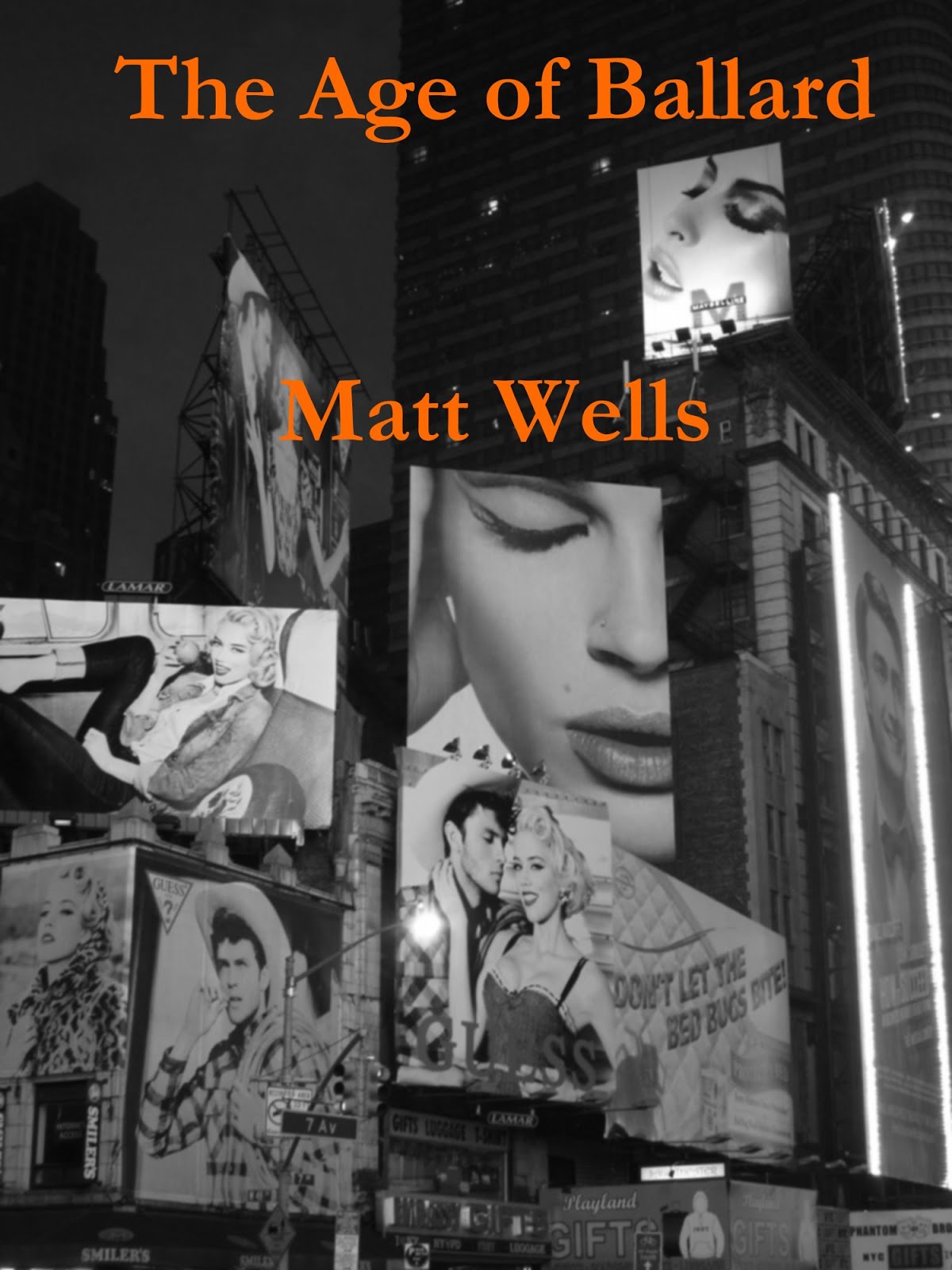one very common convention of the nineteenth-century novel is the use of two heroines, one dark and one light. The dark one is as a rule passionate, haughty, plain, foreign or Jewish, and in some way associated with the undesirable or with some kind of forbidden fruit like incest. When the two are involved with the same hero, the plot usually has to get rid of the dark one or make her into a sister if the story is to end happily. Examples include Ivanhoe, The Last of the Mohicans, The Woman in White, Ligeia, Pierre (a tragedy because the hero chooses the dark girl, who is also his sister), The Marble Faun, and countless incidental treatments. . . .
. . . incidental treatments like Westerns, where the dark lady is the dance hall girl and the fair one is the schoolteacher; or musicals, where the dark one doesn't dance or sing and the fair one does. Because it's not only literature, it's Hollywood; and for a good part of her youth, the dark lady was perfectly embodied by Elizabeth Taylor. Which is why, of all the movies I own in which she appears, the one I watched this weekend was Ivanhoe.

Yes, it’s a brightly colored piece of MGM cheese, with a ton of stunt men getting de-horsed by jousting lances and a battle scene in which volleys of arrows look like they were picked up and flung at people by offscreen PA’s. But like all cheese, it has its own taste and texture, and it can serve, if you dig down deep enough into its ingredients, as a main course of its own. In this case, a dish spiced with not just the whole dark lady/fair lady motif, but the particular appeal of Elizabeth Taylor.
Taylor plays Rebecca, who’s not only Jewish but a healer, and not only a healer but something of a white witch, since she was taught her medical arts by a woman who was burned at the stake for witchcraft. She has second billing in the movie, but she doesn’t show up until the 24 minute mark, after we’ve been introduced to our hero Robert Taylor and his lady love Joan Fontaine, and the premise of the movie has been established (Richard versus John and Saxons versus Normans, which is Hollywood’s way of pitting democracy versus tyranny and Americans versus the British).
None of this really matters, of course. What matters is what we see onscreen. And the moment Taylor appears onscreen, she makes everyone else look lifeless. Especially Joan Fontaine. There is no clearer contrast in film between the allure of the dark lady and the drabness of the fair lady than when Taylor stands next to Fontaine. It’s like watching a peach talk to a raisin.

Cream versus skim milk
To me, this is the essence of what Taylor did best. I have no idea if people were aware of this on the set of her films; all I know is that, when she was at her height, the camera picked it up every time, and recorded it somehow. An intangible presence that is both shyness and confidence—the shyness embodied in the voice, which is 95% breath and 5% tone; the confidence in the way she stands and the way she looks, especially those eyes, which don’t have to be in color to speak volumes. Even in a movie as cheesy as Ivanhoe. You can totally see why George Sanders is nuts about her. And you have to totally wonder why Robert Taylor isn’t. And because he isn’t, he looks wooden and lifeless.

The other great thing about Ivanhoe? The first moment we see Taylor’s Rebecca. Ivanhoe is bringing her father home, and as they come to a halt in front of a dark house, two shutters open on the second floor and a woman looks down into the street. But it’s the way she looks down that always gets me. Because this seven-second visual not only tells you who the character Rebecca is in the movie, it tells you who Elizabeth Taylor is on film:
Did you see that? It’s a complete reversal of what usually happens when a woman wears a veil in a movie. It’s usually a reveal--first she’s covered, then she’s uncovered. With Rebecca, it’s the opposite--instead of “This is who I have to be, this is who I am,” it’s the other way around. And after pretending to hold her veil up the next time we see her, at the tournament at Ashby, she’s uncovered for the rest of the film. In the real Middle Ages, this would be brazen. In Ivanhoe, Taylor makes it seem like a character reveal.
And to my mind, that kind of reveal is what Taylor does better than anybody. She shows you everything, then she covers it up. And she doesn’t do it like a flirt, she doesn’t do it as a tease or a provocation. She does it as a statement of fact. “This is what I have to hide; this is me hiding it.” Which is quite possibly the single most seductive thing a woman can ever say to a man. Because--make no mistake about it--Taylor is always talking to some man, even when she’s standing there doing nothing. Even--and especially--when she’s standing next to Joan Fontaine.
If you’ve watched TCM in the last couple of years, you’ve probably heard Paul Newman’s essay on Taylor, in which he refers to her as a “functioning voluptuary.” Great choice of words. But think about what it means. Think about how, if a functioning alcoholic is someone who drinks a lot and still appears sober, then a functioning voluptuary is someone who vamps a lot and still appears virginal.

Which pretty much says it all about Elizabeth Taylor.



3 comments:
Now that's a good obit. I do believe she would have been pleased.
Thanks for that!
Any time. :-)
Post a Comment